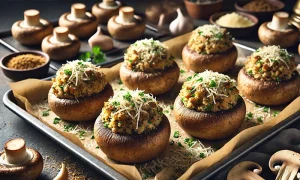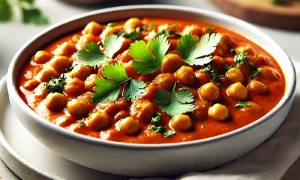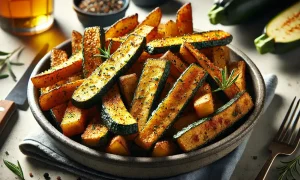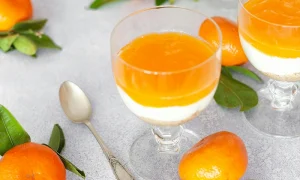How to Preserve Guacamole

Face it, guacamole may be one of the greatest things on the planet. It’s delicious with everything – chips, wraps, veggies, even sweet potato toasts. The hard part… keeping the guac green. It’s difficult to keep leftover guacamole because it is quick to turn brown and start to look very unappetizing.
Luckily, by understanding why guacamole turns brown and having a better idea of how much you should make, you can preserve your guacamole and keep it fresh and green.
Why Does Guacamole Turn Brown?
Guacamole starts out a beautiful green color from the avocados of course, but will turn brown quickly due to exposure to air. This process is called oxidation, and will happen to many fruits and vegetables such as bananas, apples, or potatoes.
The skins of these foods act as a protective layer. Once that layer is removed or broken, there is nothing to protect them from the outside air and the oxidation process. The good news is that if it doesn’t sit too long, it will only affect the surface and you can simply cut off any questionable parts.

How Long Will Guacamole Last Before it Gets Brown?
We’ve found that our guacamole will typically stay fresh for about 2 days. However, this can vary tremendously based on two factors:
- The amount of lime or lemon used in the recipe
- How the leftover guacamole is stored
The best bet is to try not to make more than you will eat in the sitting. And if you do, try to eat the leftovers quickly.
Best Ways to Make Leftover Guacamole Last
Here are four great ways to extend the lifespan of your precious guac!
- Extra Lime – the lime juice will help preserve the avocado and keep it green longer. Lime or lemon juice will help prevent oxidation on other fruits as well. We typically like a lot of lime, so this is a great option for us. If you don’t feel the same way, fear not! There are other great ways to keep it fresh and green.
- Cover it in Water – This one may sound a little odd at first, but it makes sense when you break it down. This works especially well if the guacamole you’re working with is a little firmer and dense. Before sealing it and putting the guac in the fridge, cover it with a small amount of lukewarm water. This will prevent the air from getting to the surface. When you’re ready for guac round 2, just pour off the excess water and stir in the rest.
- Airtight Seal – If exposure to air causes guacamole to turn brown, the simplest way to prevent it is to take away the air! Regardless of what method you choose, try to leave as little air in the container as possible. We urge you to be cautious of the environment here as well and avoid using unnecessary plastic wrap. Try for a reusable wrapper or specialized airtight guacamole containers.
- Olive Oil Coating – This method will also require you to minimize the amount of air. Before sealing the container you’re using to save your guacamole, cover the surface in a light layer of olive oil. This will provide extra protection from air exposure. Just be sure not to overdo it, or your guacamole will turn too oily and lose some of its freshness.
Can You Eat Brown Guacamole Safely?
So what happens if you don’t seal out enough air, or wait too long and your guac starts to turn? Well, we have good news – it’s probably still fine to eat. Just like raw avocados, there may be some brown spots or discoloration and that’s perfectly normal.
You should check for any signs of mold or excess liquid before digging in though. If you start to see signs of molding, that’s not good. When in doubt, throw it out! (well, into the compost of course).
Really the only downside to a little brown other than visual appearance is that is may taste a little more bitter and not quite as fresh. So go enjoy, fellow guac lovers! If you have any other tips or creative ways to keep it green please comment and let us know.






